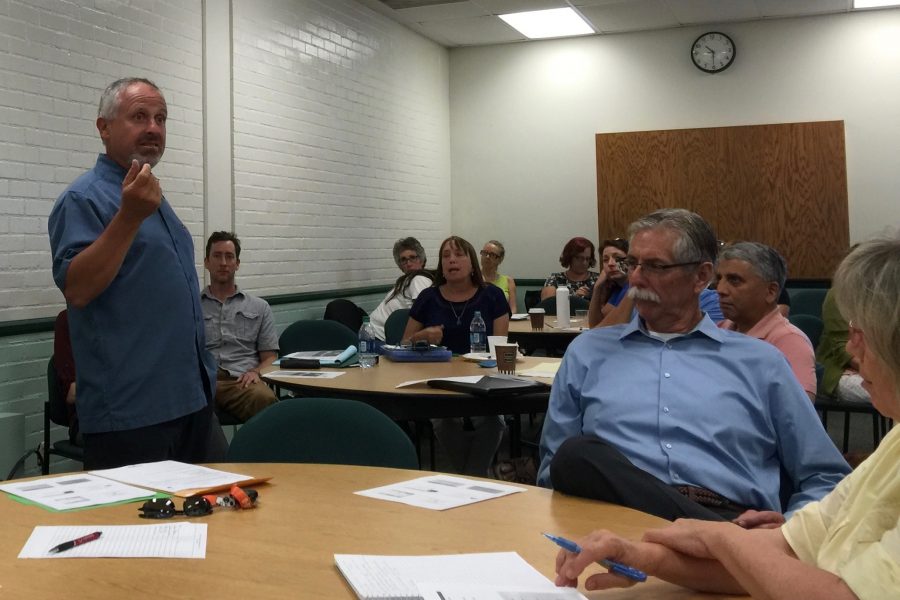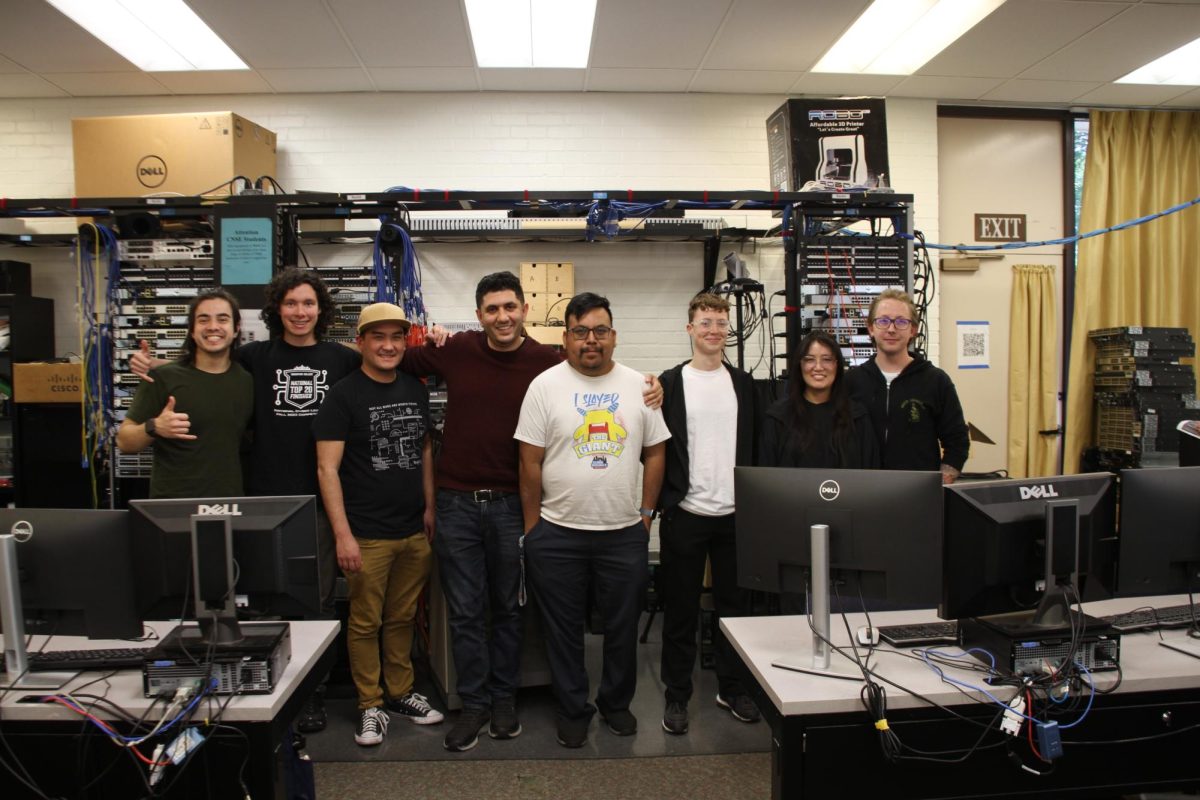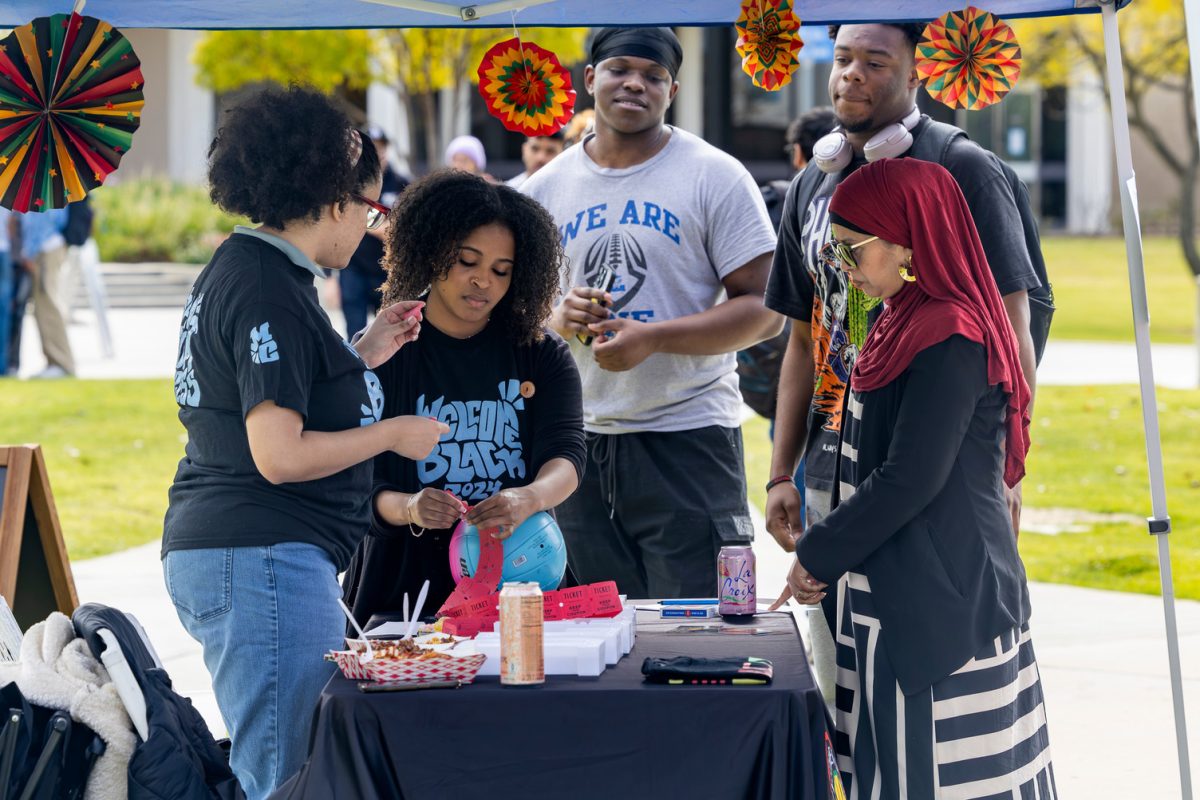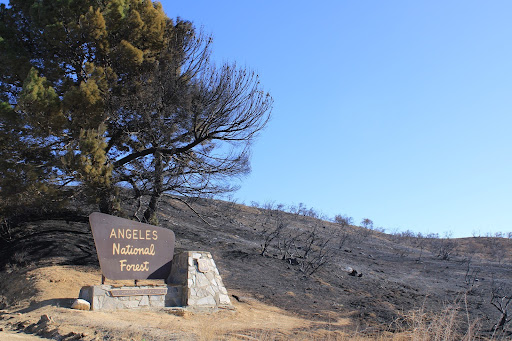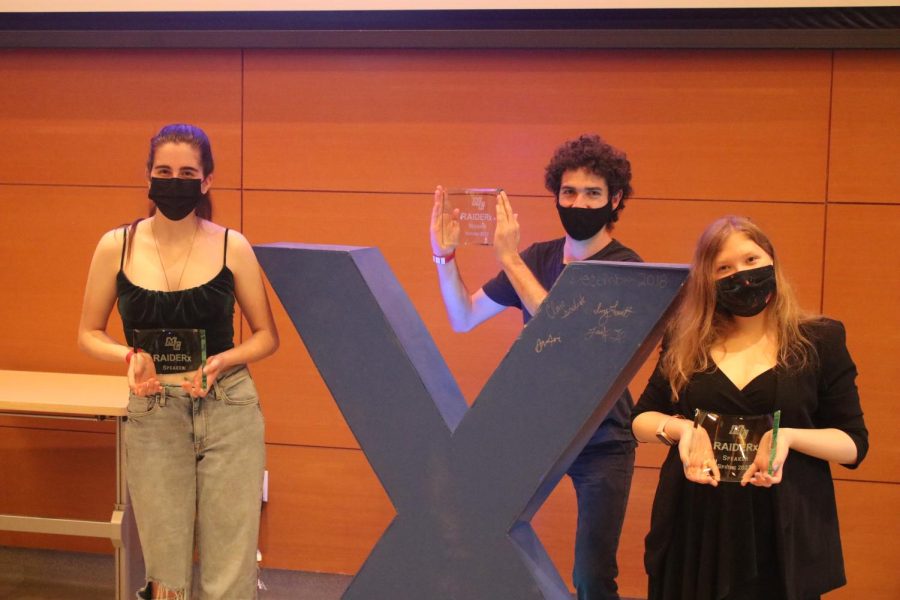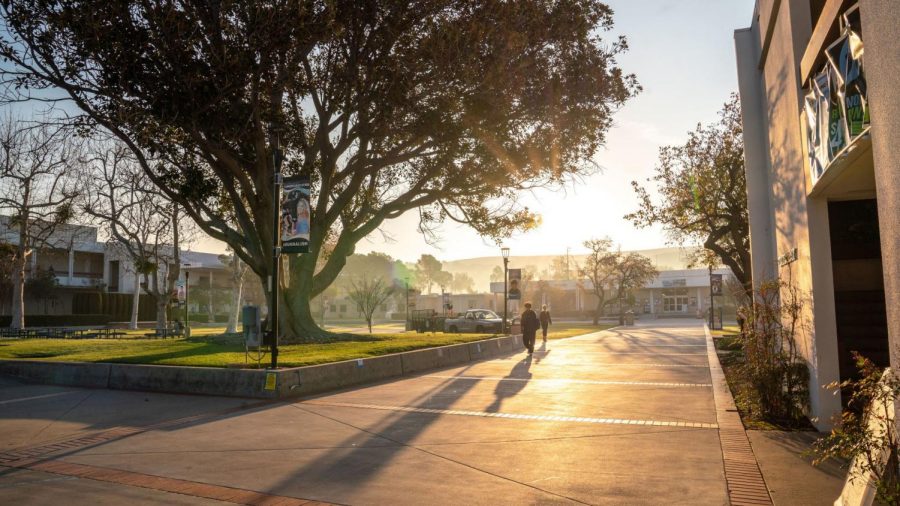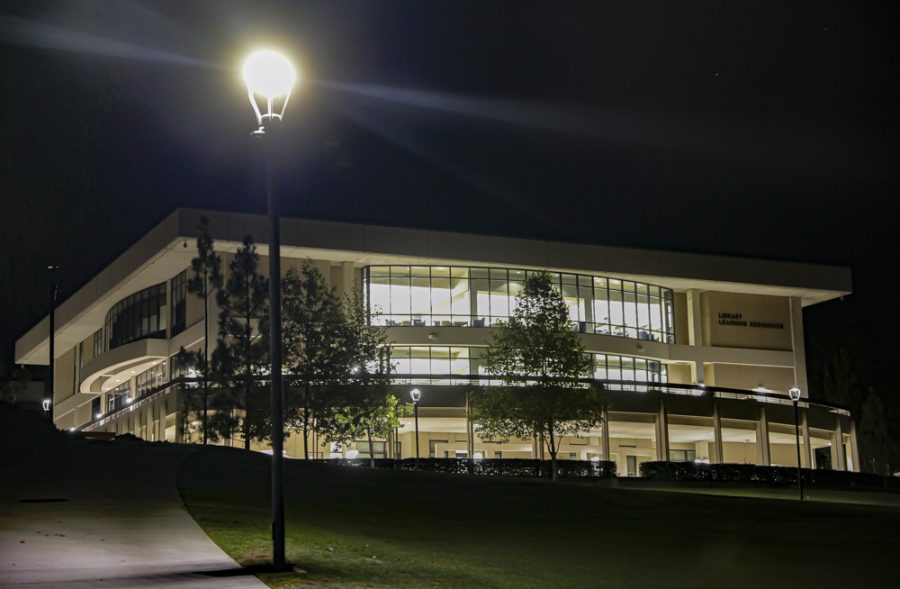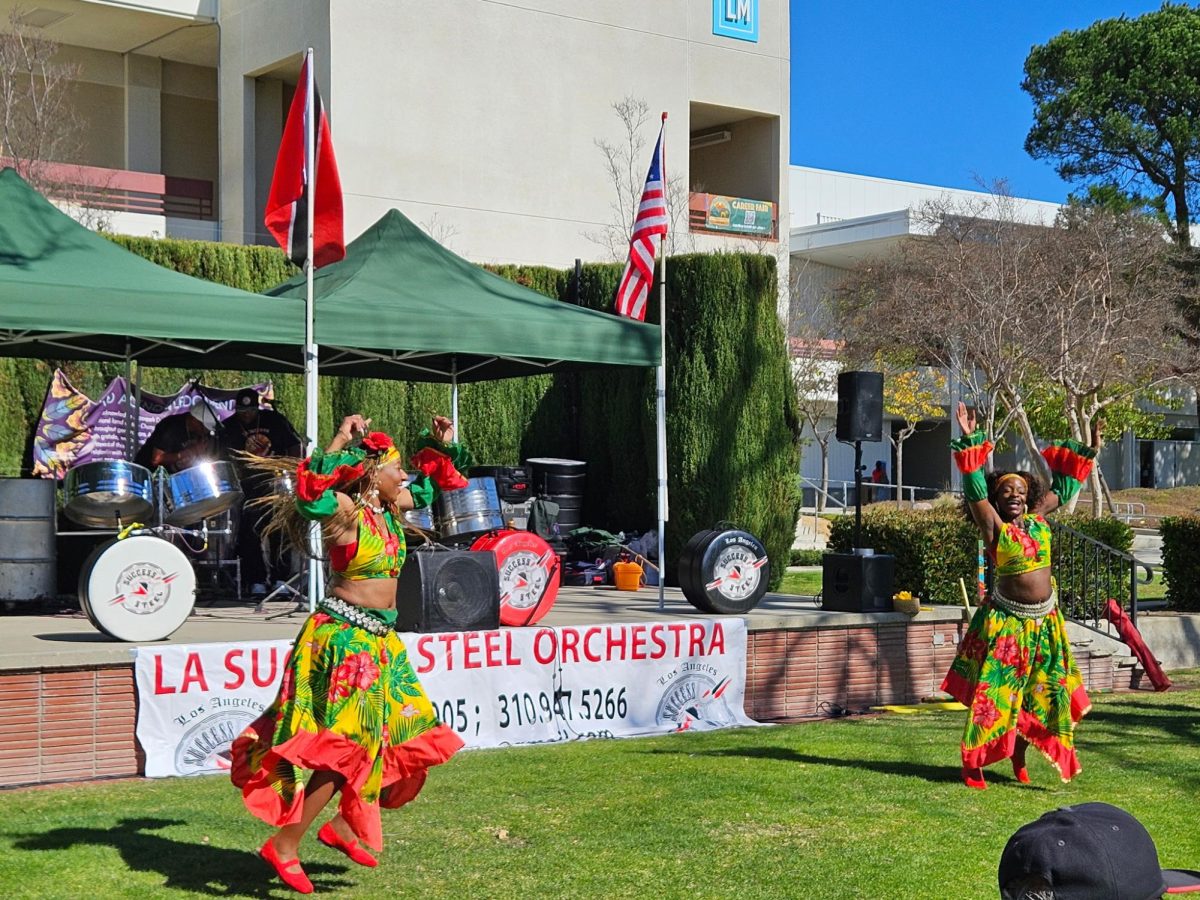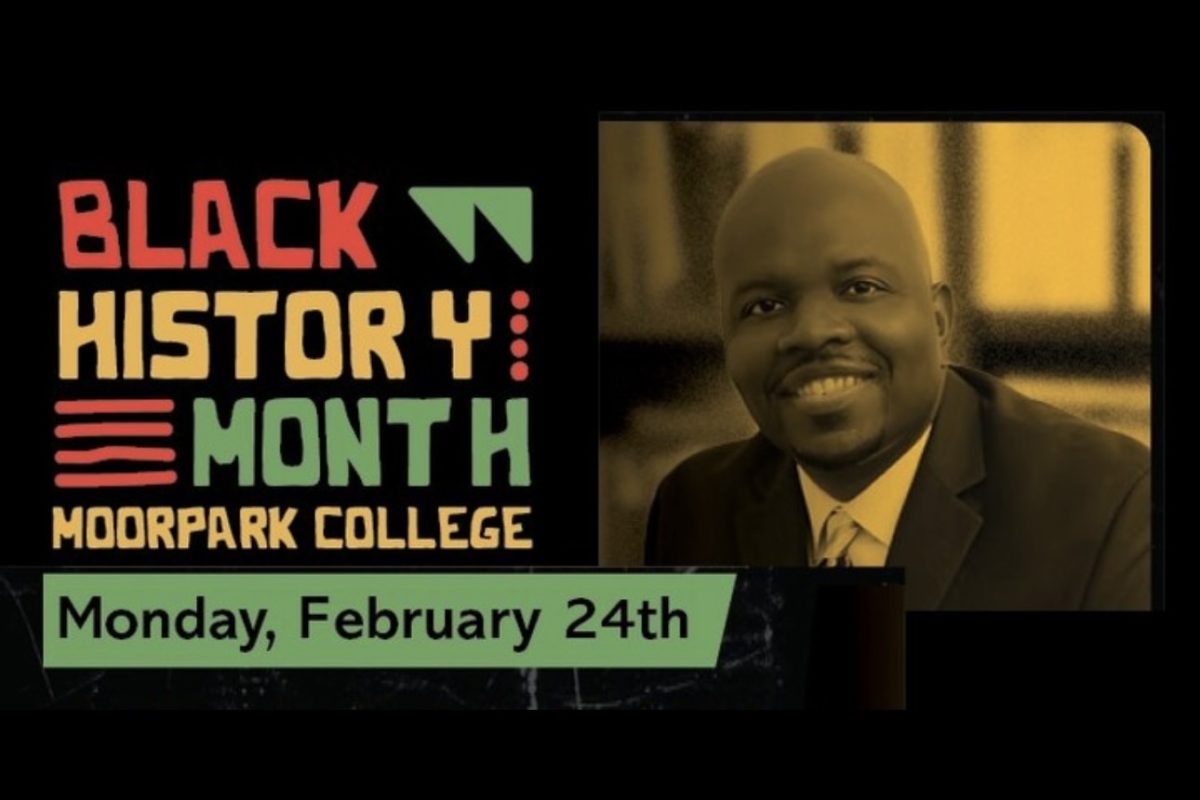As the assailant entered the classroom, Nick Zingo, former Los Angeles Police Department officer and adjunct professor of criminal justice, had those in the room throw objects toward the attacker to disorientate and distract them.
However, the attacker was just a volunteer part of Moorpark College’s Active Shooter on Campus Emergency Preparedness Training and the objects were just soft, rubber balls used as a demonstration of ways to fend off a violent force in the case a door could not be locked before a shooter entered the classroom.
“What did she do?” Zingo asked. “She flinched! People are going to flinch, they’re going to be disoriented … What else do you have in this room to distract the shooter?”
Zingo orchestrated scenarios clearly for attendees to understand a variety of strategies and methods to be aware of that could help them and their students be better prepared should the worst happen.
“Use anything you can to slow the person down,” Zingo said.
To direct attendees’ attention to specific weak points in security, as well as point out means of addressing them, the group of around 45 faculty members visited specific classrooms on campus with unique designs to learn both specific and universal instructions on securing a classroom and its occupants. Throughout this process, concerns were raised and important questions were asked regarding how to handle things such as fearful students and awkwardly designed classrooms.
After sharing some of his knowledge, Zingo asked an important question in return.
“Do your students know what I am trying to share with you?” Zingo questioned.
Indeed. By the genuine concern and frequent questions from faculty at the event, there is a real desire to push out strategies and knowledge so that they and their students can be prepared to deal with a dangerous situation.
Criminal Justice Professors Chad Basile and Leeann Mulville put on the training to better educate faculty about safety procedures and strategies if a violent gun threat were to appear on campus.
“We’re very concerned with prevention,” Mulville began. “What we’re trying to get from you [is] to be aware of your surroundings 24/7. What you see, what does it mean to you, what are you going to do about it?”
Of course identifying a dangerous situation before it occurs is ideal, but doesn’t always happen. However, the speakers were prepared to share valuable strategies and mindsets that faculty should apply to their classrooms or offices in case a violent attack ever did take place.
“What if I am right here, right now, and someone comes through that door?” Mulville asked. “What would I want to do, what could I do, what am I capable of doing?”
Some procedures that were discussed included using the specific campus police phone number first before dialing 911, as those officers are attuned and aware of the campus and its layout.
Another practice highlighted throughout the two hour presentation was the “Run, Hide, Fight” practice. This hierarchy of responses to a dangerous scenario prioritizes the best options for securing safety, with running being the best option if it is safe to do so, hiding if running isn’t viable, and fighting as a last resort. The “Run, Hide, Fight” video is available on both the student and faculty Ventura County Community College District online portals.
Some general safety tips from the seminar for students to keep in mind are to be aware of their surroundings and understand the unique advantages and disadvantages of each classroom they inhabit. It was advised that each class have a designated student, or team of students, who are capable of responding to an emergency scenario and can perform duties such as shutting out the lights, covering up windows, or otherwise barring entry to a classroom with desks, chairs, or other items.
“The worst thing you can do is do nothing,” Zingo remarked.

